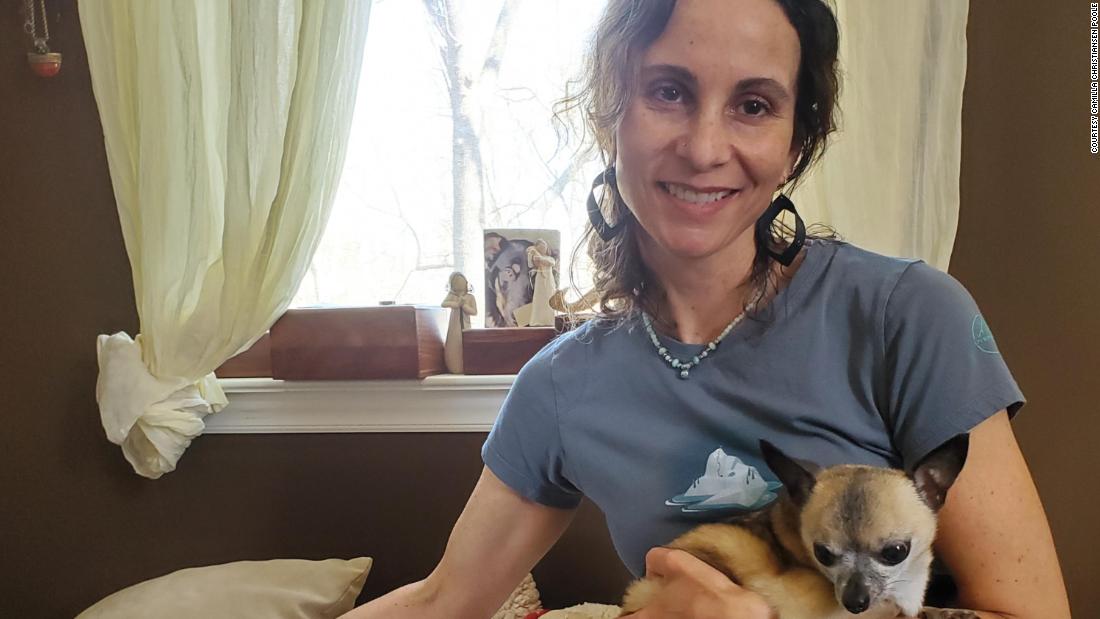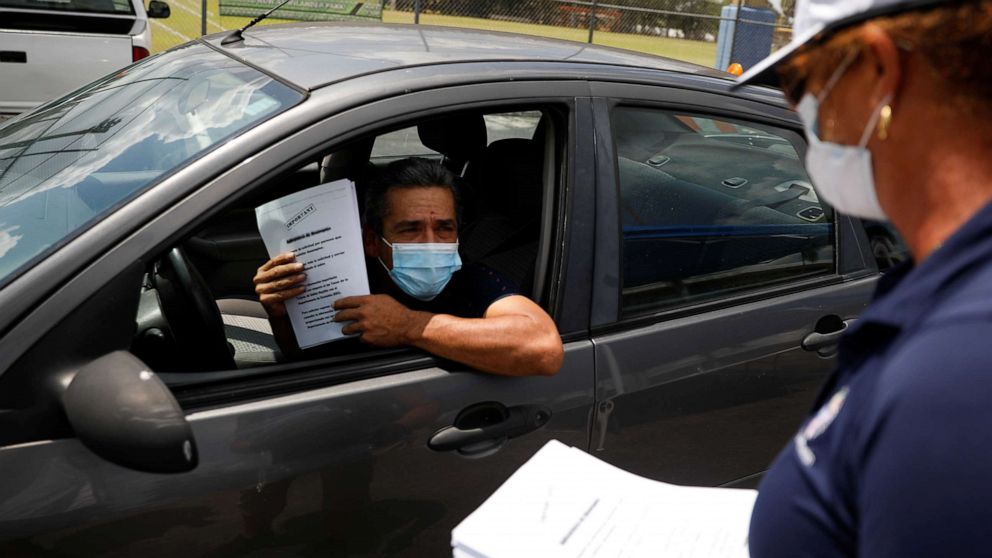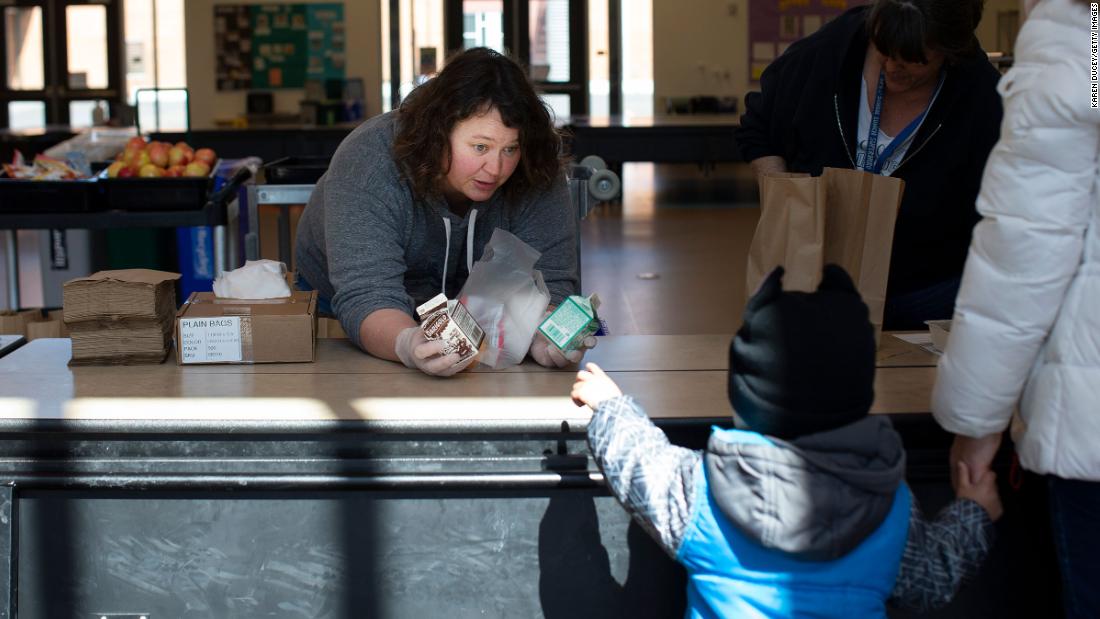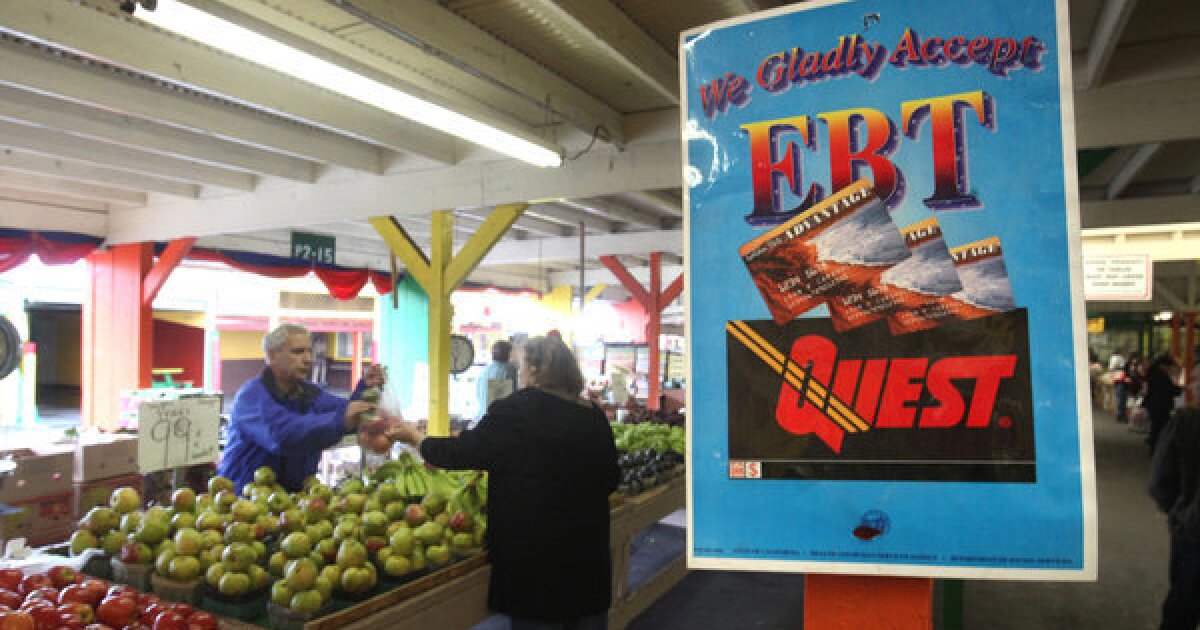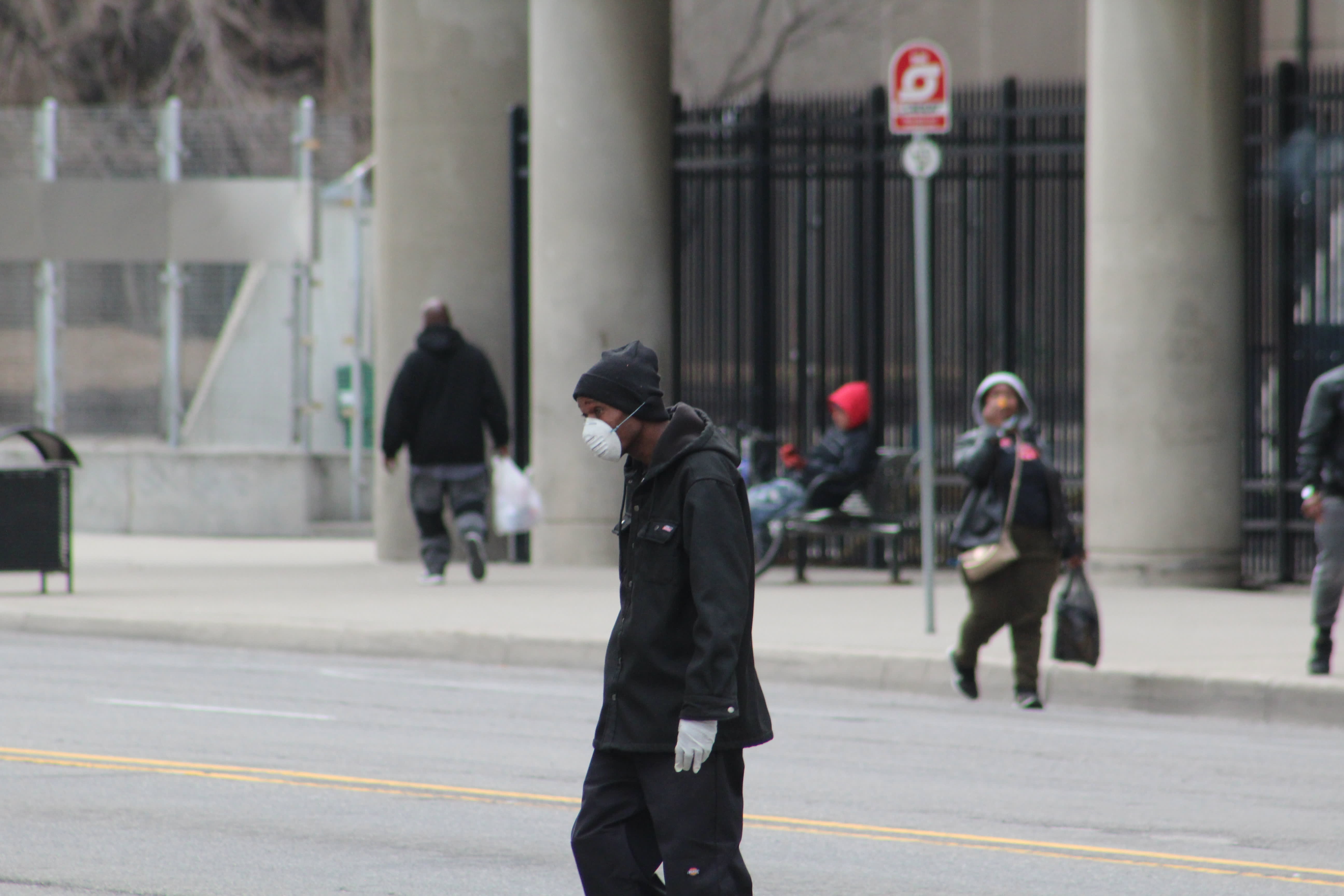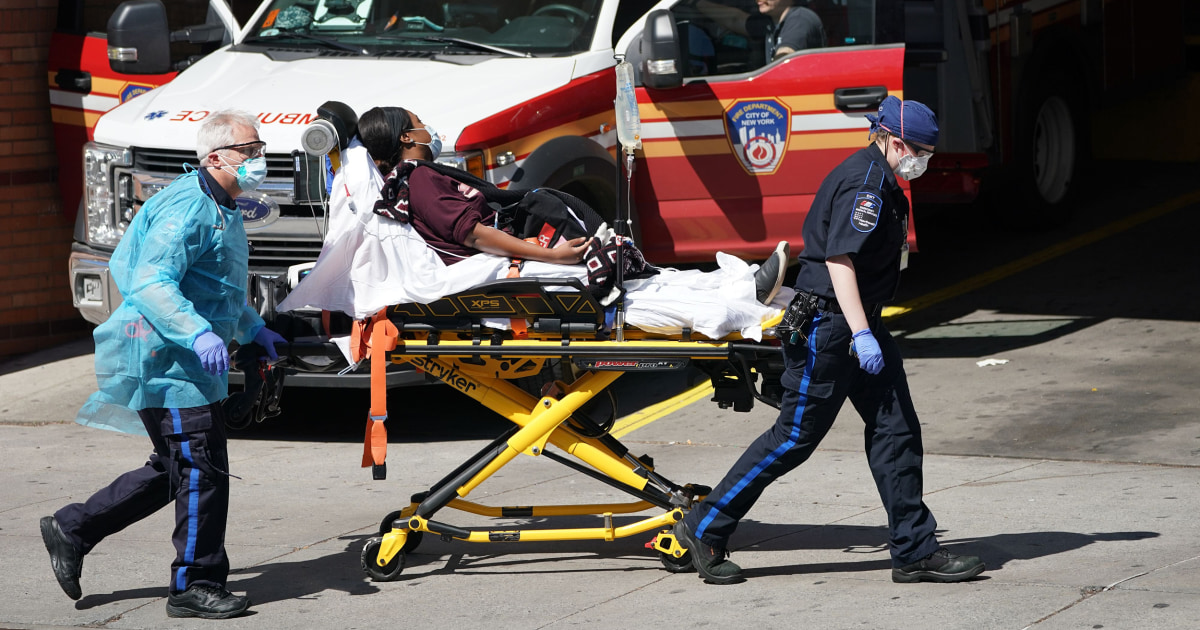Just over half of lower-income adults say they or someone in their household has lost their job or taken a pay cut because of the coronavirus pandemic, a new Pew Research Center study has found.
People on unemployment in most states normally receive, on average, less than half their weekly salaries. Now many are poised to receive more than they would have normally earned in their jobs.
After several weeks since filing for unemployment, many are still waiting to be paid.
Record numbers of jobless and the coronavirus’s disproportionate effect on low-income people of color has increased the focus and the demands on Medicaid.
“These are unprecedented times for American families who are facing joblessness and hunger.”
About 40% of households receiving food stamps won’t see any increase in their benefits, and online grocery delivery remains limited.
A study of four cities suggested that those living in close quarters in shelters can spread the virus at high rates even when asymptomatic.
Motel dwellers may not receive tenant protections in some states.
Theoni Bosman Quarshie has been cramped into a two-bedroom London public housing apartment with her mother and younger sister since the UK went into coronavirus lockdown in mid-March.
With most schooling now only available online, the coronavirus pandemic is bluntly underscoring the stark digital divide among California’s students.
Though many telecommunications companies said they would provide free Internet services to those in need during the coronavirus shutdown, a survey of Los Angeles Schools families finds that getting it done isn’t always so simple.

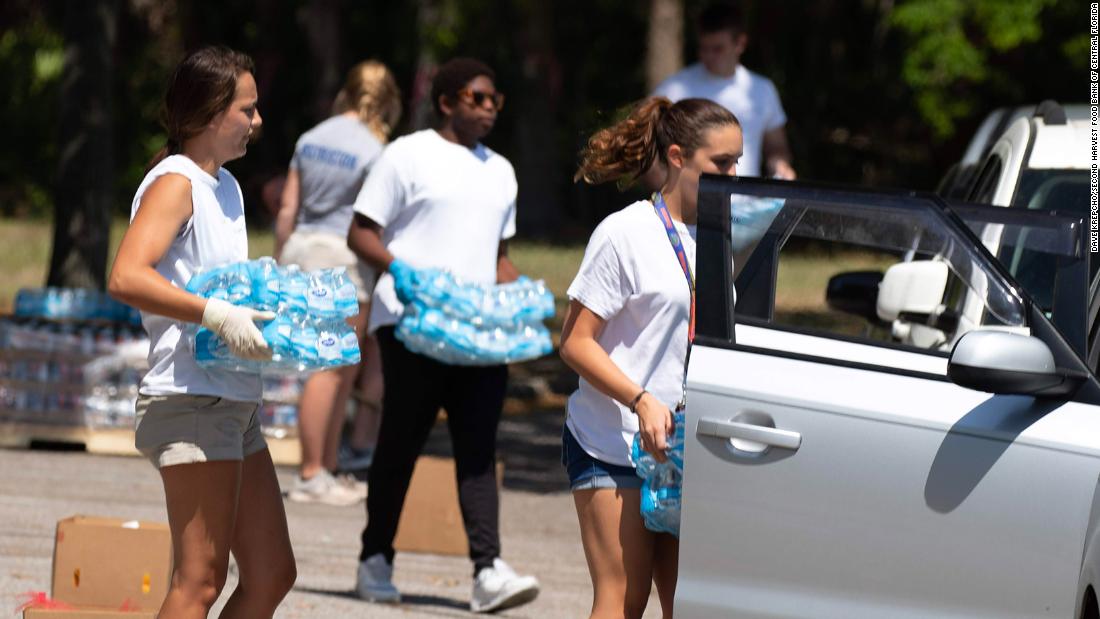

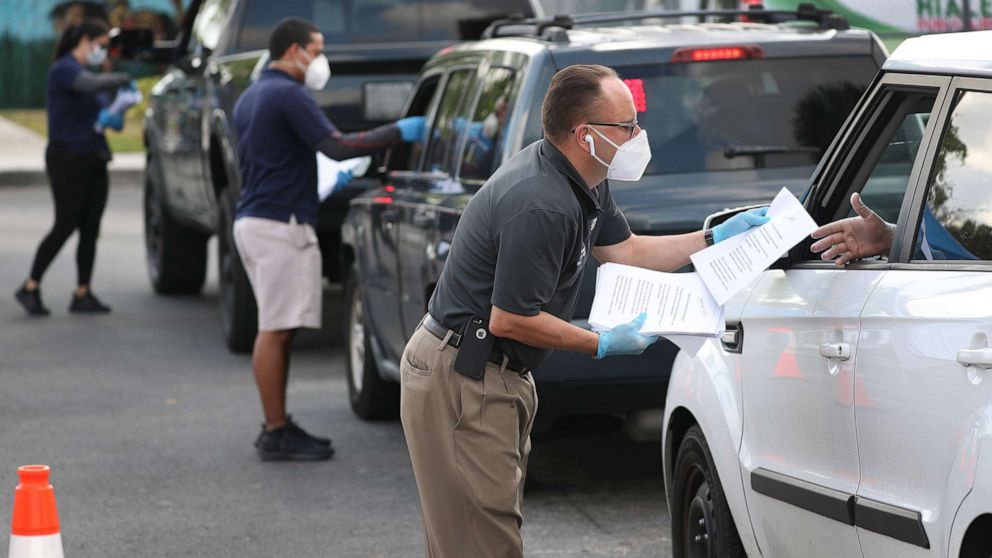





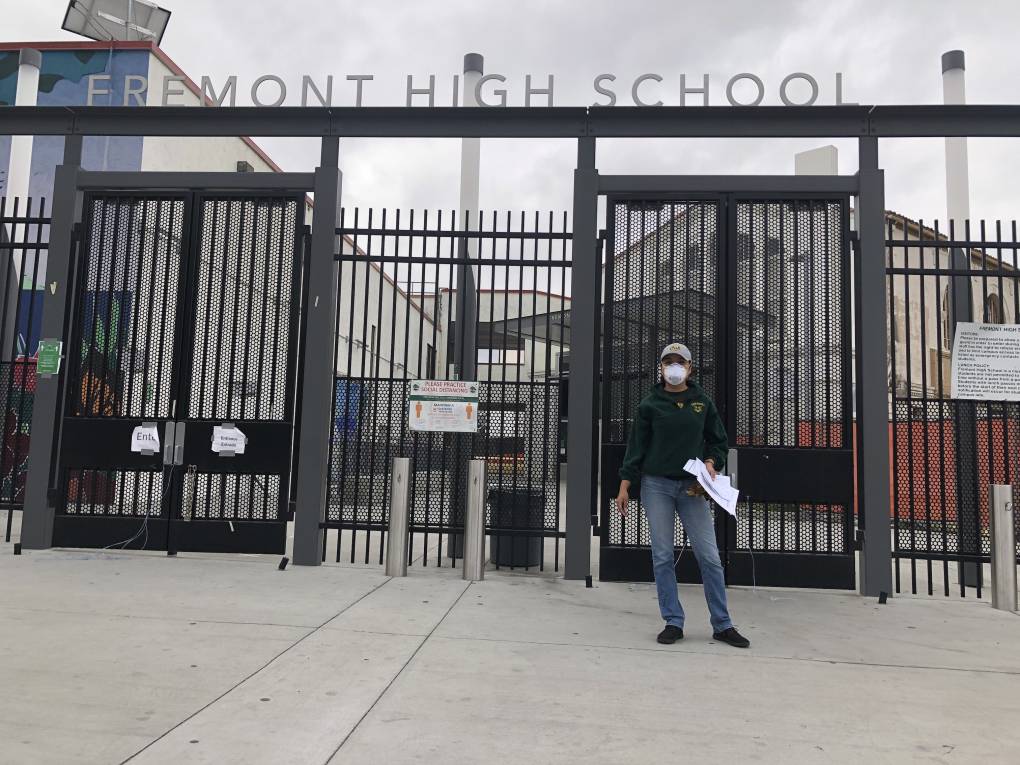





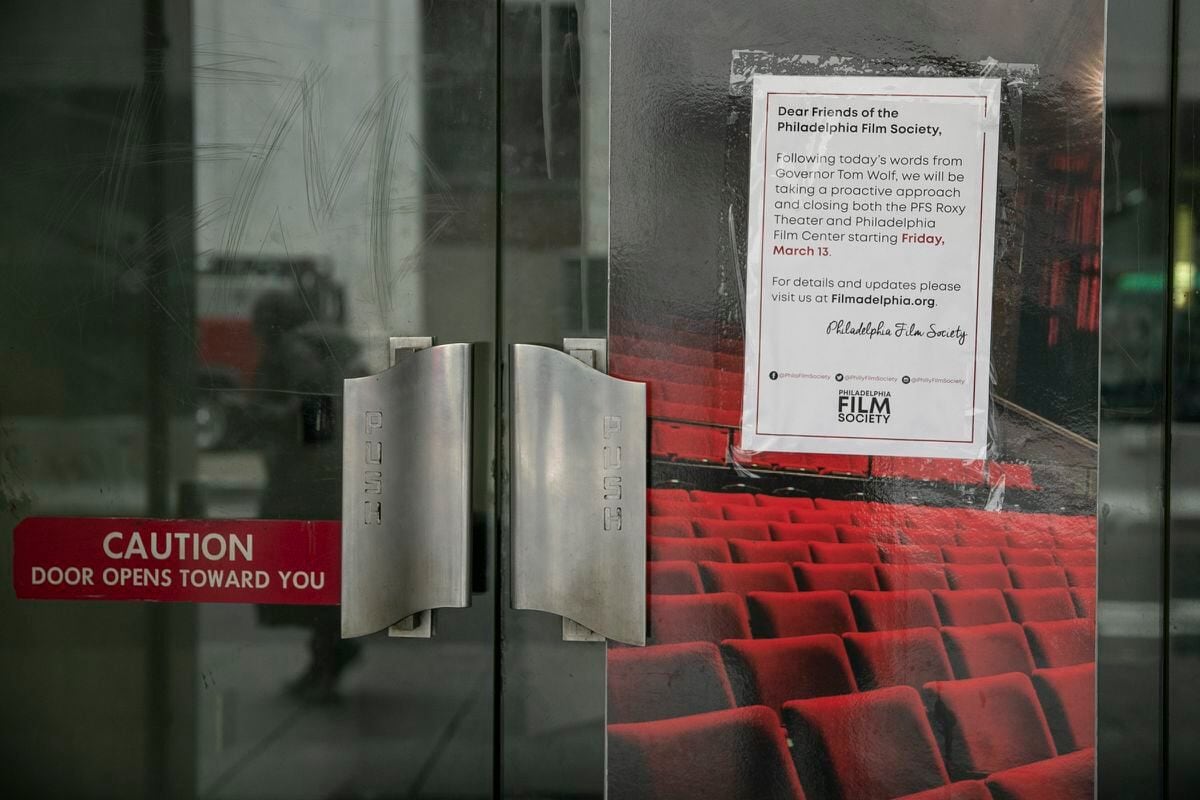


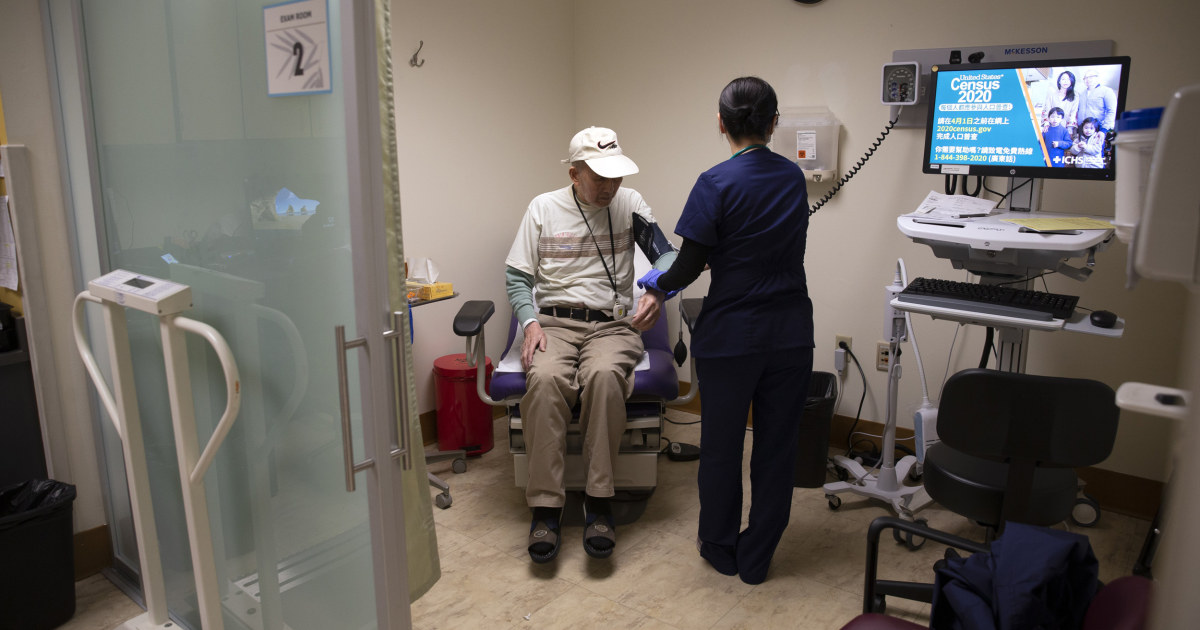

/arc-anglerfish-arc2-prod-sltrib.s3.amazonaws.com/public/SUTRE5NAPNCMLH44NFSGUSTCMA.jpg)

:quality(100)/arc-anglerfish-washpost-prod-washpost/EJYGQQDZ3QI6VG7OYW7Z2LRSRA.jpg)
